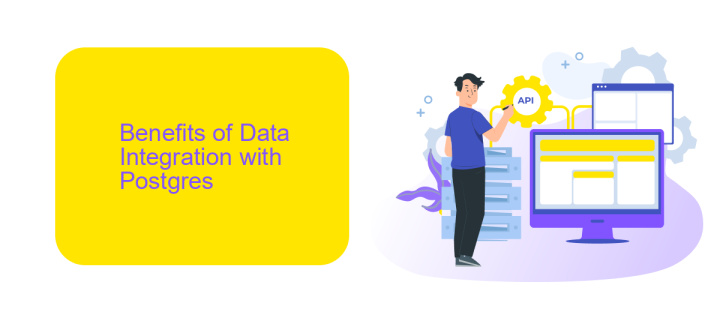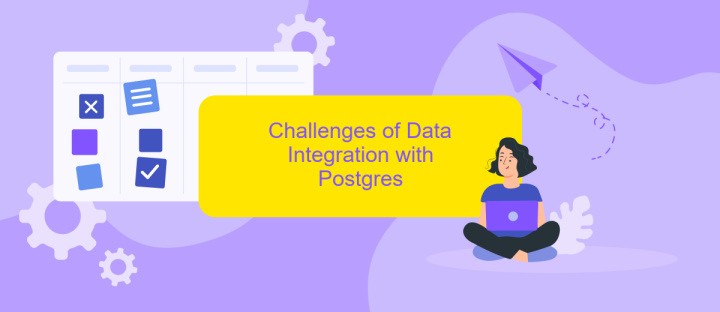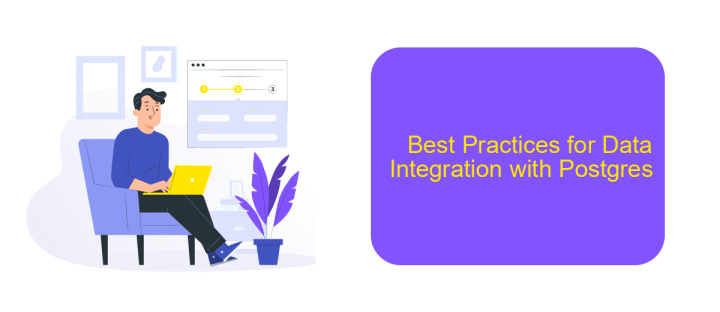Data Integration to Postgres
Data integration is a critical aspect of modern data management, enabling organizations to consolidate disparate data sources into a unified system. PostgreSQL, a powerful and versatile open-source relational database, offers robust tools and features for seamless data integration. This article explores the key methods and best practices for integrating various data sources into PostgreSQL, ensuring efficient and reliable data management.
Introduction
Data integration is a crucial aspect for businesses aiming to consolidate various data sources into a unified repository. PostgreSQL, a powerful and open-source relational database, is often the target for such integrations due to its robustness and flexibility. With the increasing volume and variety of data, effectively integrating disparate data sources into PostgreSQL can significantly enhance data accessibility and analytics capabilities.
- Centralized data management: Streamline data from multiple sources into a single database.
- Improved data quality: Consistent and accurate data across the organization.
- Enhanced analytics: Better insights through comprehensive data sets.
- Scalability: Handle large volumes of data efficiently.
Tools like ApiX-Drive simplify the integration process by providing an intuitive platform to connect various data sources with PostgreSQL. ApiX-Drive supports a wide range of data connectors, enabling seamless data transfer and synchronization. By leveraging such tools, businesses can automate data workflows, reduce manual intervention, and ensure real-time data availability, thereby driving informed decision-making and operational efficiency.
Benefits of Data Integration with Postgres

Integrating data with Postgres offers numerous benefits, enhancing both data management and operational efficiency. One of the primary advantages is the ability to centralize data from various sources into a single, robust database system. This centralization facilitates easier data analysis, reporting, and decision-making processes by providing a unified view of all organizational data. Additionally, Postgres's advanced data handling capabilities, including support for complex queries, indexing, and full-text search, ensure that integrated data is not only easily accessible but also efficiently managed.
Another significant benefit is the enhanced data integrity and security provided by Postgres. With features like ACID compliance, robust transaction management, and advanced encryption, organizations can ensure that their data remains consistent, reliable, and secure. Tools like ApiX-Drive further simplify the integration process by automating data transfers between various systems and Postgres, reducing the need for manual intervention and minimizing the risk of errors. This automation not only saves time but also enhances the overall accuracy and reliability of the data integration process.
Challenges of Data Integration with Postgres

Integrating data with Postgres can present several challenges that need careful consideration and strategic planning. These challenges can impact both the efficiency and reliability of the integration process.
- Data Consistency: Ensuring that data remains consistent across multiple sources can be difficult, especially when dealing with real-time updates.
- Data Mapping: Different data sources often have varying schemas and formats, requiring complex mapping and transformation processes.
- Performance Issues: Large volumes of data can lead to performance bottlenecks, making it crucial to optimize queries and indexing strategies.
- Security Concerns: Integrating sensitive data necessitates robust security measures to protect against unauthorized access and breaches.
- Scalability: As data grows, the integration system must be scalable to handle increased load and complexity without degrading performance.
To address these challenges, leveraging tools like ApiX-Drive can be beneficial. ApiX-Drive simplifies the integration process by offering automated data synchronization, real-time updates, and user-friendly interfaces for mapping and transforming data. This can significantly reduce the complexity and time required for successful data integration with Postgres.
Best Practices for Data Integration with Postgres

Effective data integration with Postgres requires careful planning and execution to ensure data accuracy, consistency, and efficiency. Understanding the specific needs of your application and the nature of your data is critical in designing a robust integration strategy.
One of the first steps in data integration is selecting the right tools and services. ApiX-Drive, for example, offers a streamlined solution for connecting various data sources to Postgres, simplifying the integration process and reducing the need for custom coding.
- Ensure data consistency by setting up proper validation and transformation rules.
- Use incremental updates to minimize the load on your Postgres database.
- Monitor the performance of your integrations to identify and resolve bottlenecks.
- Implement robust error-handling mechanisms to manage integration failures gracefully.
Regularly reviewing and updating your data integration processes is essential to accommodate changes in data sources, business requirements, and Postgres updates. By following these best practices, you can achieve seamless and efficient data integration with Postgres, ensuring your data remains reliable and accessible.
- Automate the work of an online store or landing
- Empower through integration
- Don't spend money on programmers and integrators
- Save time by automating routine tasks
Conclusion
Integrating data into PostgreSQL is a crucial step for organizations aiming to consolidate their data sources and enhance their data analytics capabilities. By leveraging tools and services like ApiX-Drive, businesses can streamline the integration process, ensuring that data from various sources is accurately and efficiently transferred into their PostgreSQL databases. This not only minimizes manual data entry but also reduces the risk of errors, thereby improving the overall quality of the data.
Moreover, the flexibility and scalability of PostgreSQL make it an ideal choice for handling large volumes of data from diverse sources. ApiX-Drive further simplifies this by providing a user-friendly interface and robust automation features, allowing even non-technical users to set up and manage integrations effortlessly. As a result, organizations can focus more on deriving insights from their data rather than getting bogged down by the complexities of data integration, ultimately driving better business decisions and outcomes.
FAQ
What is data integration with Postgres?
Why should I integrate data into Postgres?
How can I automate data integration to Postgres?
What are the common challenges in data integration with Postgres?
Is it possible to integrate real-time data into Postgres?
Do you want to achieve your goals in business, career and life faster and better? Do it with ApiX-Drive – a tool that will remove a significant part of the routine from workflows and free up additional time to achieve your goals. Test the capabilities of Apix-Drive for free – see for yourself the effectiveness of the tool.


